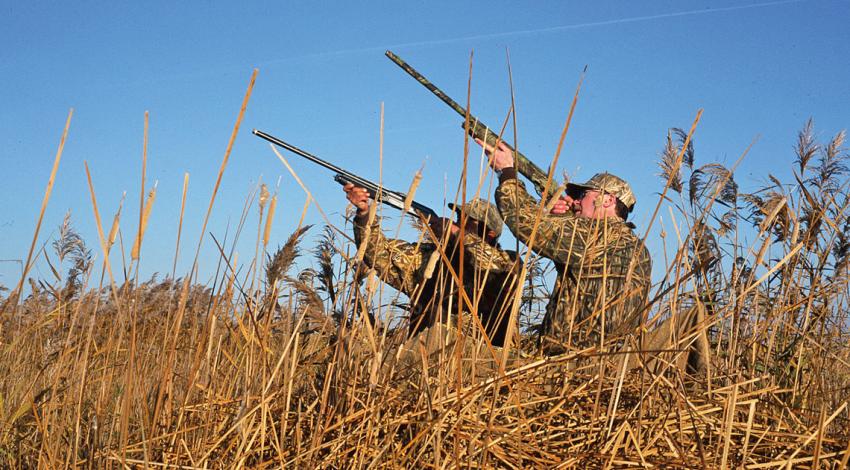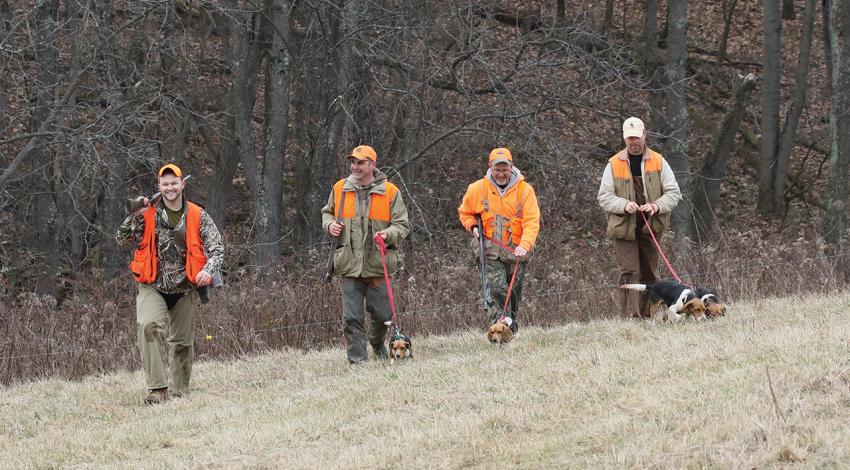Teddy bears will be purchased in untold numbers this Christmas season as gifts for children, both around the country and around the world. Ever stop and wonder why?
Guiding the president for several days was Holt Collier, the most famous bear hunter in the state. Born a slave, Collier was now a freed man who made much of his living by bear hunting. He and his pack of top-notch hounds were said to have taken more than 3,000 black bears.










